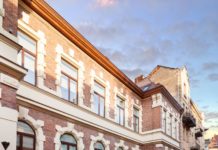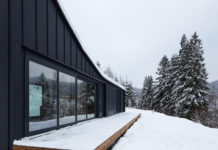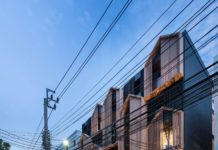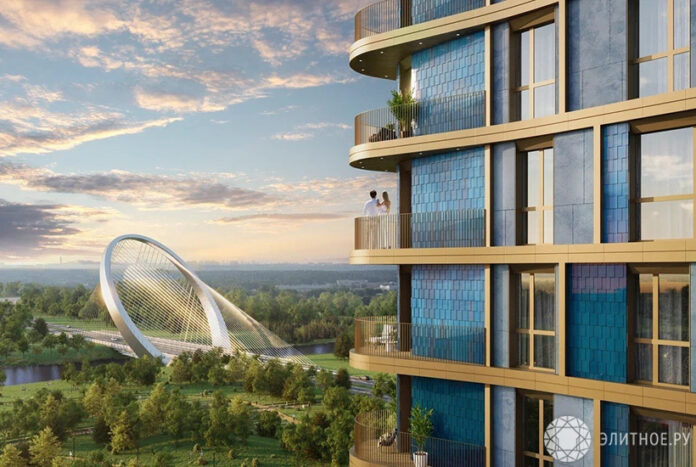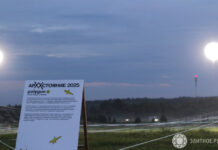By 2032, Rublevo-Arkhangelskoye will become a large multifunctional district of the capital with housing, offices and metro stations
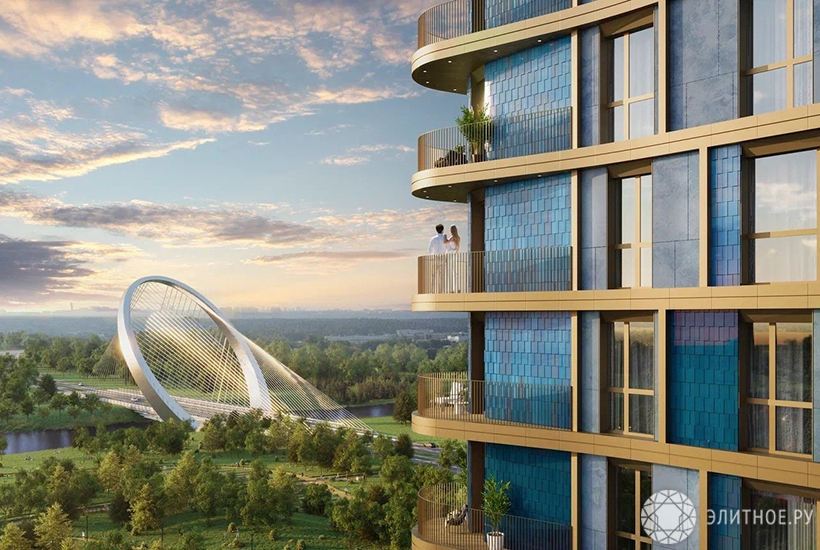
The history of Rublevo-Arkhangelskoye has long remained a symbol of unfulfilled ambitions. More than 20 years ago, businessman Suleiman Kerimov announced a “city of millionaires.” However, the project soon changed several owners: economic crises and other difficulties constantly delayed its implementation. After another crisis, the site became the property of Sberbank, which decided to develop the project, called SberCity, independently. Today, the territory is again attracting attention: the project is leaving the concept stage and receiving specific boundaries. Last week, the general director of JSC Rublevo-Arkhangelskoye, Andrei Likhachev, held a press conference for journalists, where he spoke in detail about the current difficulties and development plans.
Project history: a utopia for the rich
It all started in 2003, when businessman Suleiman Kerimov began buying land from the Zavet Ilyich collective farm, located in the Novorizhskoye Highway area, just 3-4 km from the Moscow Ring Road. He owned 460 hectares of land. Just two years later, Suleiman Kerimov presented a large-scale plan: to build a “city of millionaires” in this place, which was described in the media as a utopia for the rich. The city had to live by its own rules – with its own mayor and police.
The official start of a new stage was the decision of the federal authorities to locate the International Financial Center here
After loud statements, disputes and hesitations began. Environmentalists and local residents protested against the construction of a “golden utopia” in the floodplain, and it was not possible to attract large investors. In the spring of 2008, on the eve of the global crisis, Suleiman Kerimov left the project. “City of Millionaires” passed to another entrepreneur – the main shareholder of B&N Bank, Mikhail Shishkhanov. It should be noted that the transaction was carried out with the financial participation of Sberbank, which already at that moment received a tenth of the project. At this stage, about 6 billion rubles were invested in infrastructure, but construction never began. In 2011, Sberbank increased its share to 100%, writing off a loan of $3 billion to Mr. Shishkhanov. The project has turned into a long-term construction with an unclear future.

How Sberbank became an unwilling developer
A clean plot of land without communications, and even having dropped in price by half during the global crisis of 2008-2009, has become a very dubious asset for Sberbank. The bank had no development experience, but it had serious administrative resources. Bank President German Gref achieved the inclusion of Rublevo-Arkhangelskoye into the capital as part of the expansion of Moscow borders in 2012. At the same time, an agreement was reached with the capital’s government on the construction of a metro to the Zakharkovskaya floodplain. The official start of a new stage was the decision of the federal authorities to locate the International Financial Center here. It was planned that a business cluster with the participation of foreign financial institutions would appear on the western outskirts of Moscow. An international urban planning competition was announced with the participation of world-class architectural bureaus.
The architects had to not just draw a new residential area, but propose a holistic model of the urban environment of the 21st century: with a sustainable transport system, mixed functions and environmental standards
However, by the time the results were summed up, the situation had changed. After the annexation of Crimea, the concept lost relevance. Then Sberbank decided to develop the territory independently, not as a platform for international finance, but as a full-fledged mini-city with housing, offices and its own infrastructure. In fact, the country's largest bank found itself in the role of a developer not by strategic plan, but by force: it was possible to return the value of the asset only by building a city from scratch.
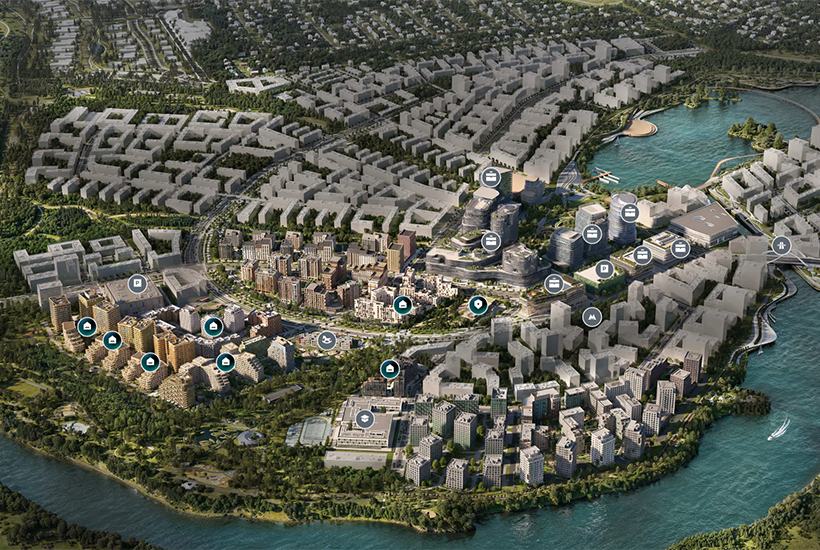

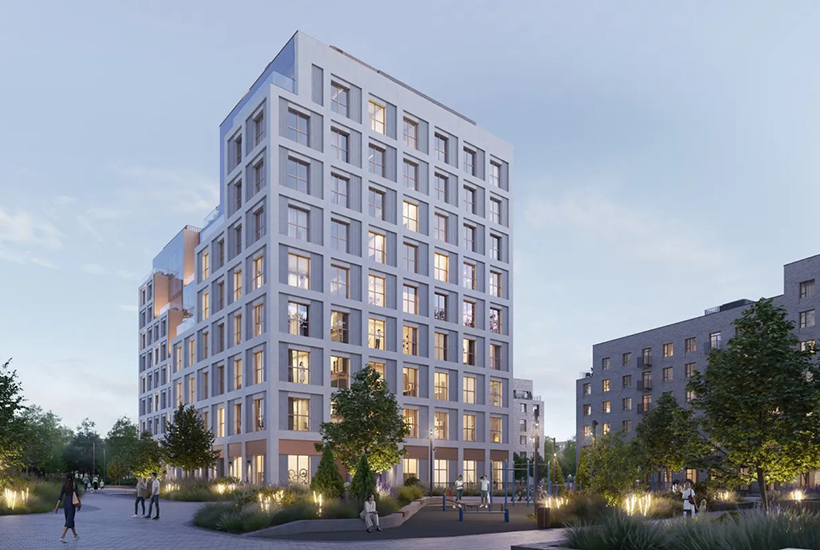

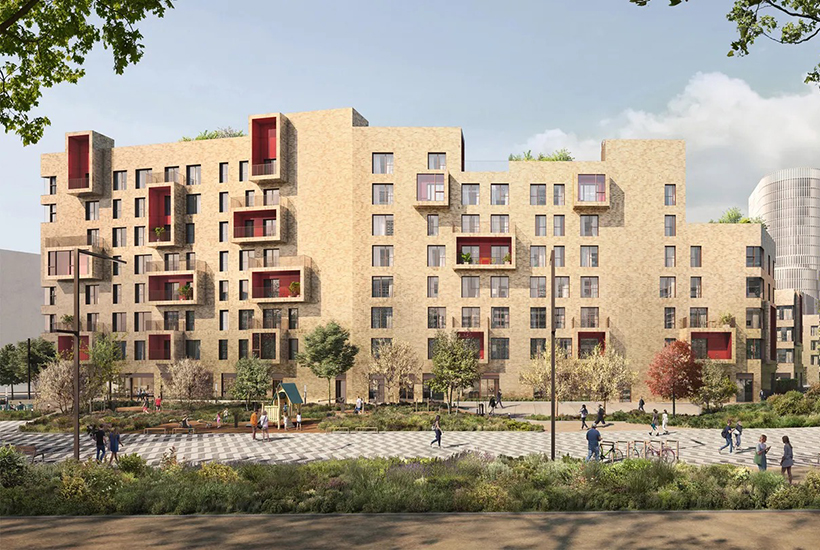

From this position, in 2018, Sberbank launched an international architectural competition, announcing a plan to create a “city of the future” on the western outskirts of Moscow. The scale of the task and the ambitions of the customer immediately made the competition one of the most notable urban planning events of the year. The composition of the participants confirmed the level. The main star was the London bureau of Zaha Hadid Architects, known for its futuristic projects that shape the appearance of cities from China to the Middle East. Along with him, the short list included the Dutch OMA of Rem Koolhaas, the French Archea Associati, the Japanese Nikken Sekkei and the Swiss Herzog & de Meuron are the authors of London's Tate Modern gallery and Beijing's Bird's Nest stadium. The architects had to not just draw a new residential area, but propose a holistic model of the urban environment of the 21st century: with a sustainable transport system, mixed functions and environmental standards.
This was a fundamentally different approach compared to the isolated “city of millionaires” of the 2000s: more realistic, flexible and focused on life in the city, rather than in the countryside fortress
According to Andrei Likhachev, everyone really liked the concept of the Zaha Hadid star bureau – it looked impressive and was architecturally unique. However, within the framework of Russian realities, its implementation turned out to be problematic: the project involved relatively small areas, which reduced its commercial attractiveness, and also required impeccable quality of construction, which at that time was difficult to guarantee. As a result, despite the impressive visual component, the proposal turned out to be unviable. The victory was won by the Herzog & de Meuron. Their project envisioned a compact, dense development with developed social and public infrastructure, where residential areas naturally connected with work and recreational spaces. It was a fundamentally different approach compared to the isolated “city of millionaires” of the 2000s: more realistic, flexible and focused on life in the city rather than in a suburban fortress.
A city within a city
Today, SberCity, whose area is twice the size of the Principality of Monaco, promises to become an important multifunctional center of the capital. The project provides about 5 million sq. m of real estate, of which 4 million sq. m will be above ground, and 1 million will be underground parking. “We want SberCity to become a comfortable place for pedestrians, and let cars be underground,” shared Andrey Likhachev.
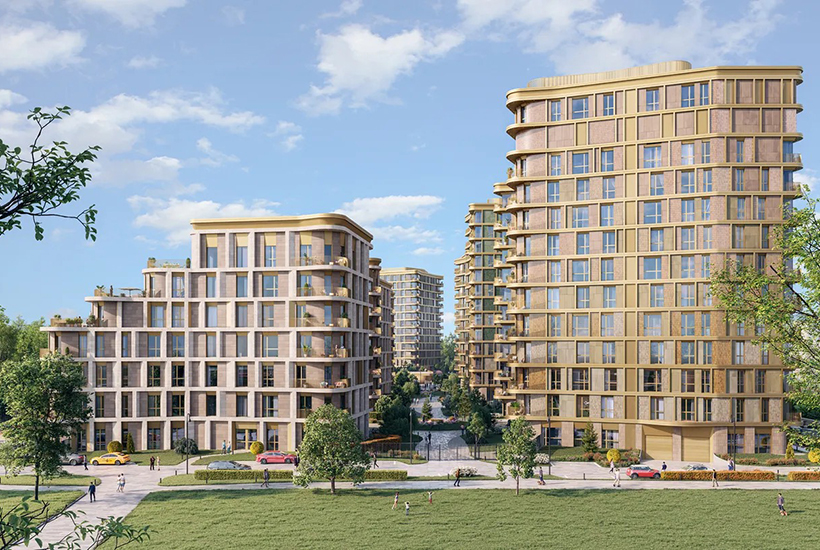
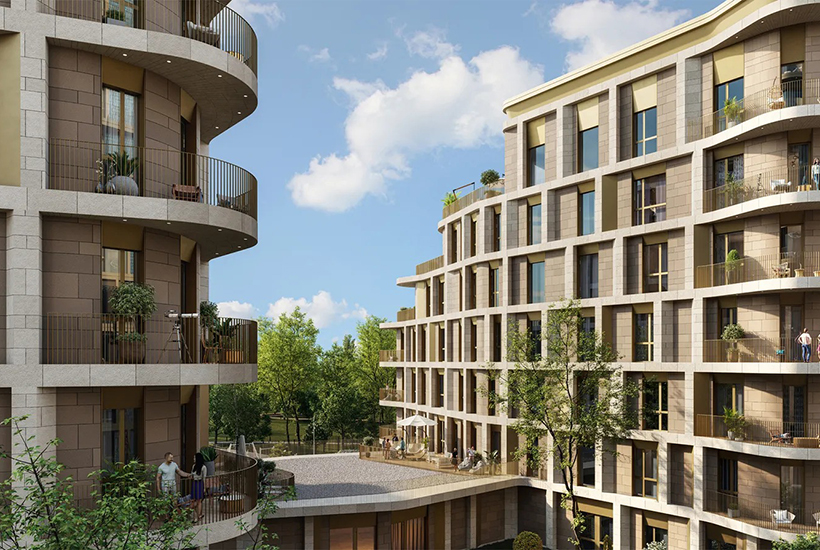
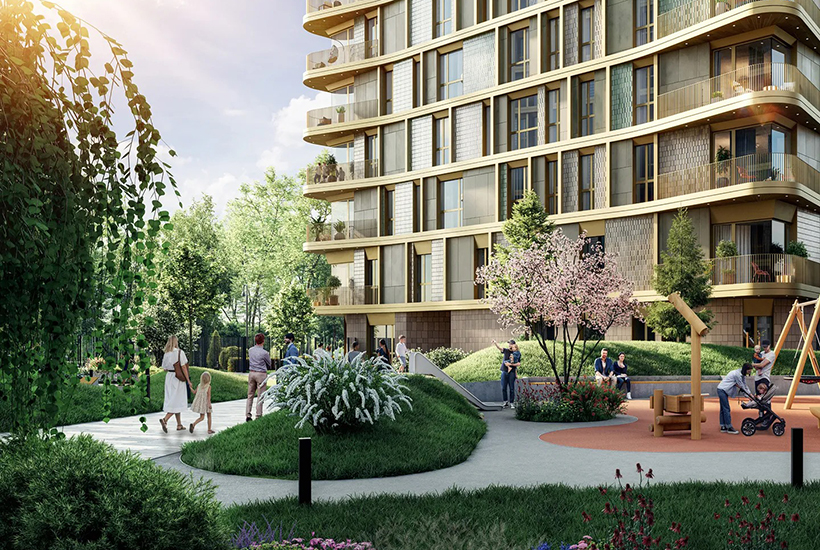
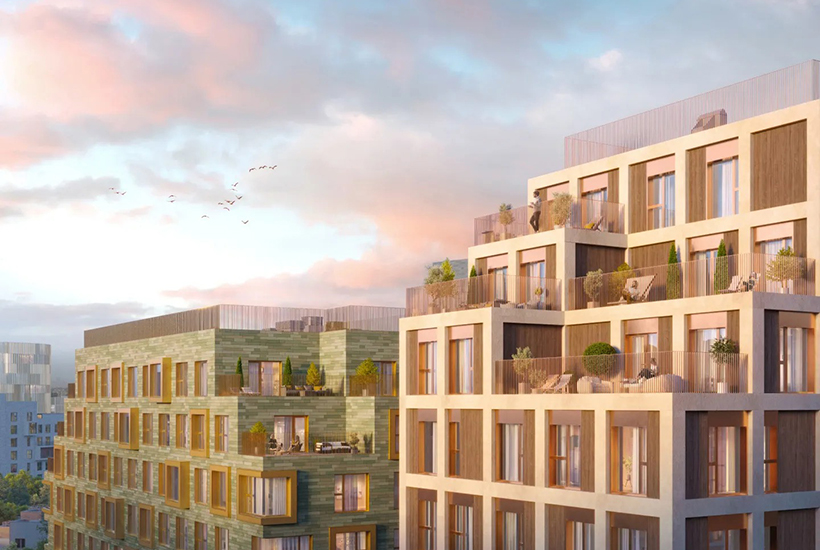


Out of 4 million sq. m of ground infrastructure 2.5 million sq. m will be for housing (where about 65,000 people will live), 830 thousand sq. m. m – for offices (about 70,000 employees), and about 1 million sq. m – for social infrastructure. Construction of the first quarters has been underway since the summer of 2022. The first quarter has already been put into operation, the next two are planned to be completed before the end of October 2025, and the next phase will be commissioned in 2026. A total of six phases are planned, and construction will be completed in 2032.
An important component of the project will be Europe's largest testing ground for innovations in construction and landscaping
The sports infrastructure will include an indoor stadium with ice rinks, a racquet sports center, the headquarters of the Russian Badminton Federation, and a marina with a yachting center. By 2030, it is planned to build an indoor all-season surfing center with artificial ocean waves. As for transport infrastructure, by 2026-2027 the area will be connected by a new metro line, and a road bridge across the Moscow River will bring traffic to the Moscow Ring Road. During the same period, it is planned to build a new film studio “Soyuzmultfilm”. A complex with an area of 50 thousand square meters will be built for it. m, of which directly 40 thousand sq. m will be occupied by the studio itself, and the remaining 10 thousand will be given over to an entertainment center.
An important component of the project will be the largest testing ground in Europe for testing innovations in construction and landscaping. On its basis, digital building management systems, “green” technologies, new methods of logistics and organization of construction processes will be tested. The use of 3D concrete printing and photovoltaic façade systems is planned. According to the plans of the capital's authorities, SberCity will become a platform where the technologies of tomorrow will be introduced into the real urban environment, setting guidelines for other development projects.
Elite.ru has There is a channel on Telegram.
Subscribe!


